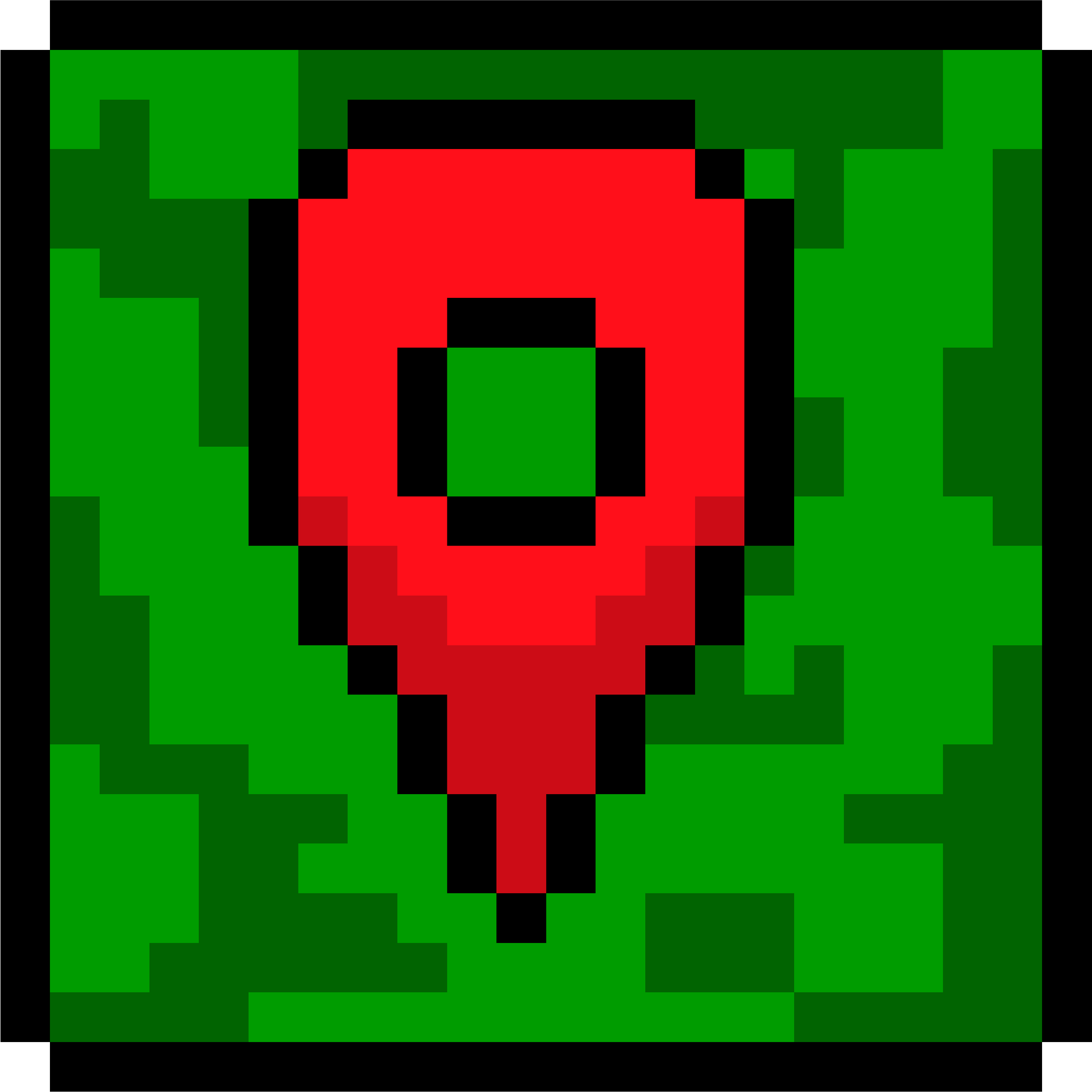1,093 reads
Flutter vs NativeScript — Key Differences and Why we Switched in the Middle of the Road
by
June 27th, 2024
Audio Presented by

Full stack product creator with 10+ years of experience in concept, design, web, mobile and backend development
Story's Credibility



About Author
Full stack product creator with 10+ years of experience in concept, design, web, mobile and backend development